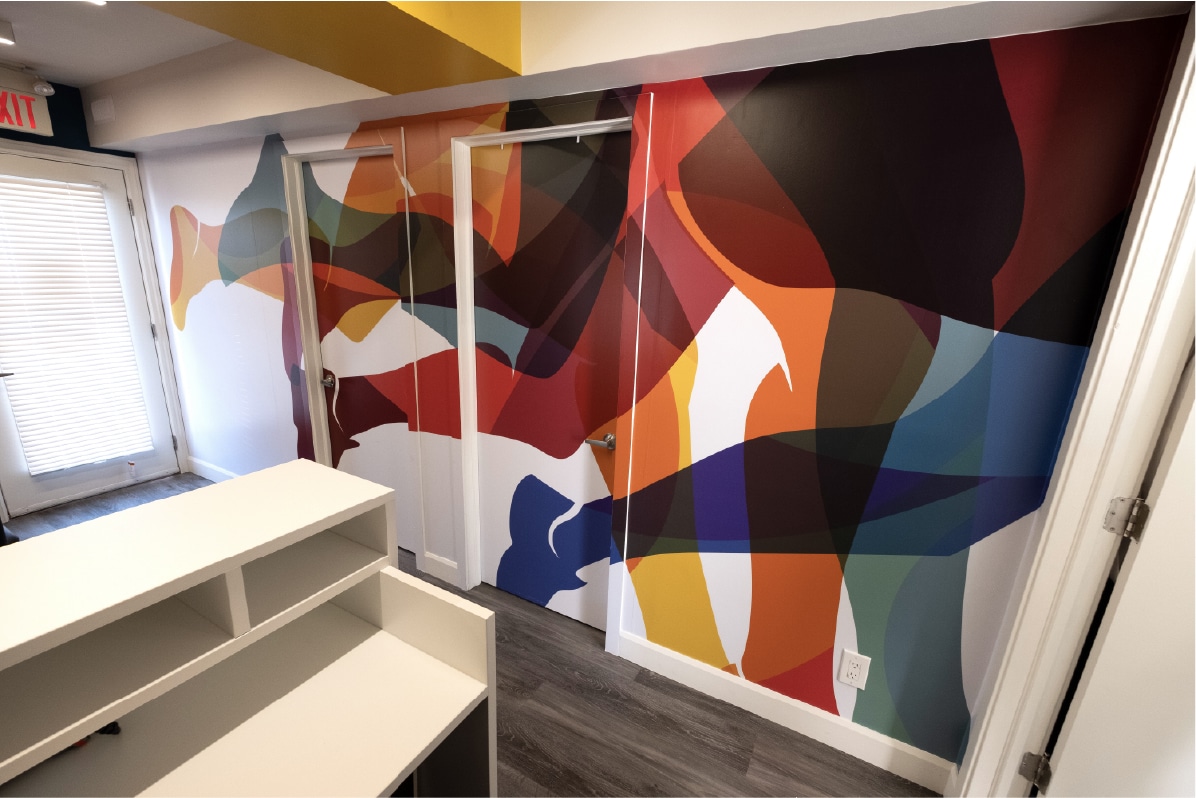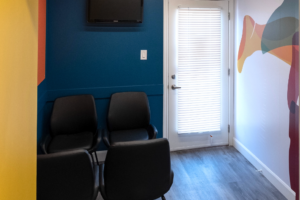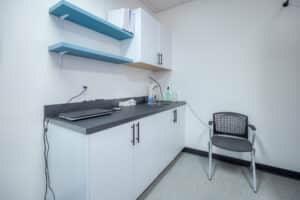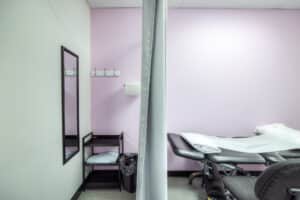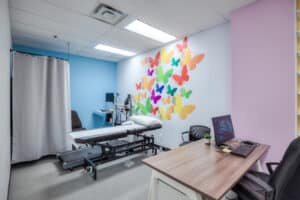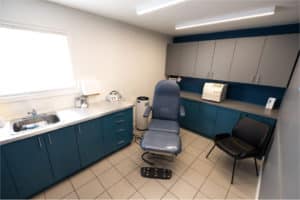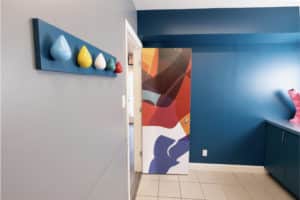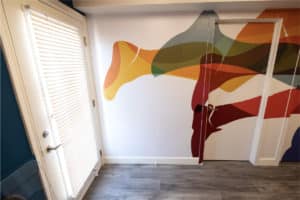Imagine walking into a healthcare facility that feels less like a sterile, clinical environment and more like a space designed to comfort, calm, and heal. The colours are soothing, the layout is intuitive, and natural light streams through large windows, creating a warm and welcoming atmosphere. This is the power of thoughtful healthcare interior design—it’s not just about functionality; it’s about creating spaces that actively contribute to patient wellness. From waiting rooms that ease anxiety to examination rooms that prioritize comfort, the right design choices can make all the difference. Let’s explore how clinic interior design and professional healthcare interior design services are reshaping medical spaces into havens of care and healing.
The Importance of Healthcare Interior Design for Patient Wellness
Healthcare spaces have a profound impact on patient experiences and recovery. A well-designed environment can ease anxiety, improve mood, and even accelerate healing. Patients often feel vulnerable in medical settings, but strategic interior design can create a sense of safety and comfort. By focusing on elements like calming colours, ergonomic furniture, and natural light, healthcare facilities can foster a welcoming atmosphere that supports wellness.
Key Strategies for Healthcare Interior Design
1. Incorporate Natural Light
Natural light is one of the most effective ways to enhance patient wellness. Sunlight helps regulate sleep patterns, boosts mood, and reduces stress. Large windows, skylights, and light wells allow sunlight to filter into patient rooms and waiting areas, creating a warm and inviting environment. For spaces without access to natural light, soft artificial lighting can mimic its effects.
2. Use Biophilic Design Principles
Biophilic design integrates nature into indoor spaces to promote well-being. Adding plants, water features, or nature-inspired artwork can reduce stress and create a calming atmosphere. Clinic interior design often includes greenery in waiting areas or reception spaces to improve air quality and provide visual comfort.
3. Choose Calming Colour Palettes
Colours play a significant role in shaping emotions. Soft blues, greens, and earthy tones are ideal for healthcare interior design as they evoke feelings of tranquility and relaxation. Bright or harsh colours should be avoided in patient areas as they may cause overstimulation.
4. Prioritize Comfort with Ergonomic Furniture
Comfortable furniture is essential for both patients and staff. Waiting areas should include plush seating that supports posture, while examination rooms should feature adjustable chairs and beds for ease during procedures. Ergonomic furniture ensures patients feel relaxed while staff can work efficiently without physical strain.
5. Optimize Layouts for Accessibility
Accessibility is a cornerstone of healthcare interior design services. Wide hallways, wheelchair ramps, accessible restrooms, and clear signage ensure all patients can navigate the space easily. Thoughtful layouts also reduce congestion and confusion in high-traffic areas like reception desks or corridors.
6. Integrate Positive Distractions
Waiting times can be stressful for patients, but incorporating positive distractions like art or interactive screens can make the experience more pleasant. Nature-themed artwork or soothing music creates an environment that feels less clinical and more comforting.
7. Select Hygienic Materials
Hygiene is critical in healthcare settings. Materials like antimicrobial surfaces, seamless flooring, and washable wall coverings ensure cleanliness while maintaining aesthetic appeal. These choices also contribute to patient safety by preventing the spread of infections.
Clinic Interior Design: Enhancing Wellness in Smaller Spaces
Clinic interior design focuses on creating functional yet welcoming environments in smaller-scale medical facilities like outpatient clinics or private practices. These spaces require careful planning to maximize efficiency while prioritizing patient comfort.
In waiting areas, comfortable seating paired with calming decor helps reduce anxiety before appointments. Examination rooms should feature ergonomic furniture that supports both patients and practitioners during consultations or procedures. Administrative zones must be organized efficiently to streamline operations while maintaining privacy for sensitive information.
By integrating natural elements like plants or soft lighting into clinic interiors, healthcare providers can create spaces that feel less clinical and more inviting—helping patients feel at ease during their visits.
The Role of Healthcare Interior Design Services
Professional healthcare interior design services bring expertise in balancing functionality with aesthetics while meeting strict industry standards. Designers tailor solutions to reflect the unique needs of each facility—from hospitals to clinics—ensuring every detail enhances patient wellness.
These services include:
Space Planning: Optimizing layouts to improve patient flow.
Material Selection: Choosing durable yet hygienic finishes.
Custom Solutions: Creating designs that align with the facility’s branding.
Technology Integration: Incorporating smart systems like self-check-in kiosks or digital wayfinding tools.
Engaging experienced designers ensures healthcare spaces are both visually appealing and operationally efficient.
Key Takeaways
- Healthcare interior design plays a vital role in promoting patient wellness by creating calming environments that reduce stress.
- Natural light improves mood and recovery times; biophilic elements like plants enhance air quality and provide visual comfort.
- Calming colour palettes foster relaxation while ergonomic furniture ensures comfort for both patients and staff.
- Accessible layouts make healthcare facilities welcoming for all patients.
- Hygienic materials maintain cleanliness while contributing to safety.
- Clinic interior design focuses on maximizing functionality within smaller spaces while prioritizing patient comfort.
- Professional healthcare interior design services ensure tailored solutions that balance aesthetics with practicality.
Healthcare interior design isn’t just about aesthetics—it’s about creating environments that heal minds as much as bodies. Whether it’s through natural light, biophilic elements, or ergonomic furniture choices, thoughtful designs have the power to transform medical facilities into places of wellness.
By prioritizing patient comfort alongside operational efficiency through clinic interior design strategies or engaging professional healthcare interior design services, providers can create spaces where everyone feels cared for—patients leave feeling better physically and emotionally while staff thrive in supportive work environments!
Frequently Asked Questions (FAQ):
How does natural light benefit patients?
Natural light regulates sleep patterns, boosts mood, reduces stress levels, and supports faster recovery times—making it an essential element in healthcare interior design.
Why is ergonomic furniture important in healthcare settings?
Ergonomic furniture provides comfort for patients during long waits or procedures while reducing physical strain on staff working extended shifts.
What role does colour play in clinic interior design?
Colours influence emotions significantly; soft blues and greens create a calming atmosphere that helps reduce anxiety in patients.
